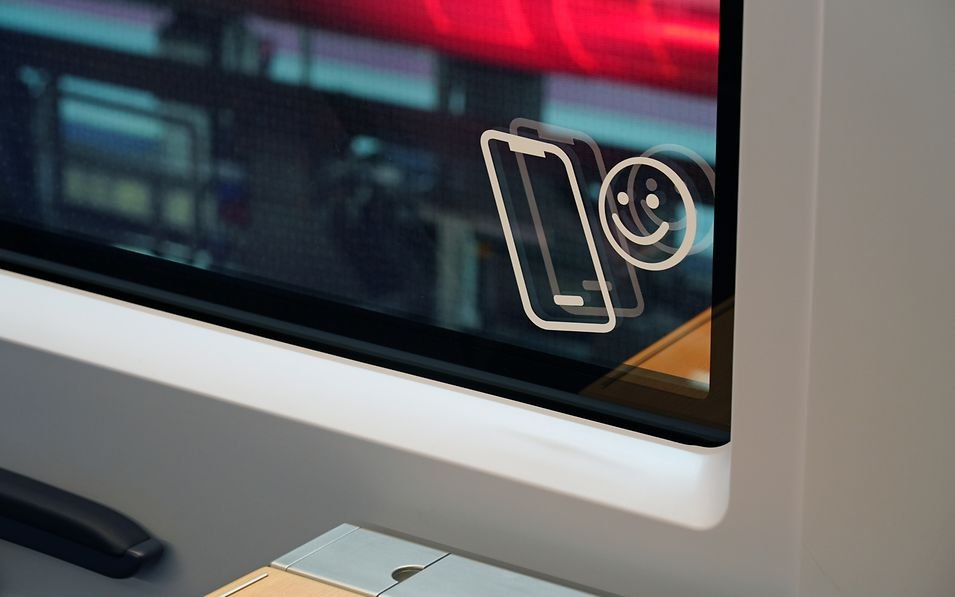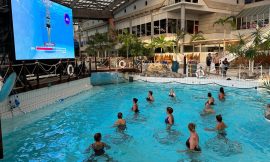The Fraunhofer Institute for Solar Energy Systems ISE developed a new technology that enables windows to be transparent to radio waves, specifically in the frequency range of mobile communications, WLAN transmitters, and navigation systems. The technology, which involves removing low-E layers of insulating panes with a laser, resulted in improved mobile communications by as much as 60 times compared to conventional Low-E windows. The new windows offer minimal damage to thermal insulation and can be used in modern office buildings, where large areas of glass are typical. The automotive sector can also benefit from this new wireless window technology. The product is already available on the market through Fraunhofer Institute’s industrial partners, Glaswerke Arnold and isophon glas.
Passengers traveling through the country on the new ICE 3neo trains already enjoy significantly better mobile communications compared to older train models. The reason for this is the train’s windows, which are transparent to radio waves. Windows such as double or triple glazed window panes in office buildings can also offer this advantage through a new wireless window technology developed by the Fraunhofer Institute for Solar Energy Systems ISE. The technology developed by Thomas Troyer’s team focuses on the frequency range of mobile communications, WLAN transmitters, and navigation systems, which is between 0.5 and 3.7 gigahertz.
For insulation panes, a wafer-thin, heat-insulating layer is used, which shields radio waves such as a Faraday cage. The new technology addresses this issue by removing low-E layers of insulating panes with a laser in strips about 50 micrometers wide arranged in a grid with ten-millimeter spacing. The grid pattern is faintly visible to the naked eye, but it improves LTE download speeds by up to 60 times compared to conventional Low-E windows. The permeability to thermal radiation increased by just a tenth of a watt per square meter and Kelvin, which is essential for modern office buildings with vast areas of glass.
The wireless window technology offers minimal damage to thermal insulation, making it an ideal solution for architects and designers who want to use the technology in their modern office buildings. The automotive sector could also benefit from this new wireless window technology. The product is already available in the market through Fraunhofer Institute’s industrial partners, Glaswerke Arnold and isophon glas. These wireless windows are an innovative solution for continuous mobile communication and better connectivity.



